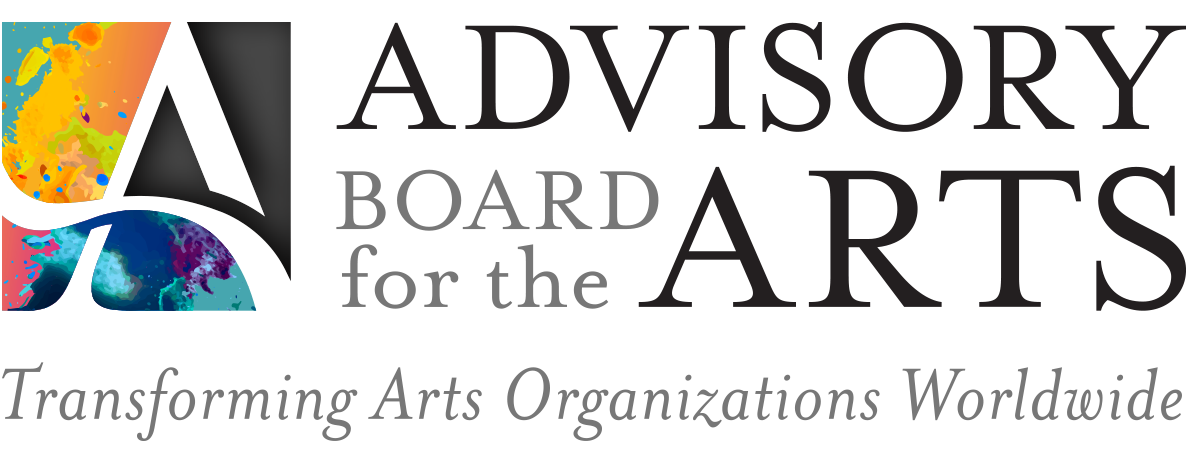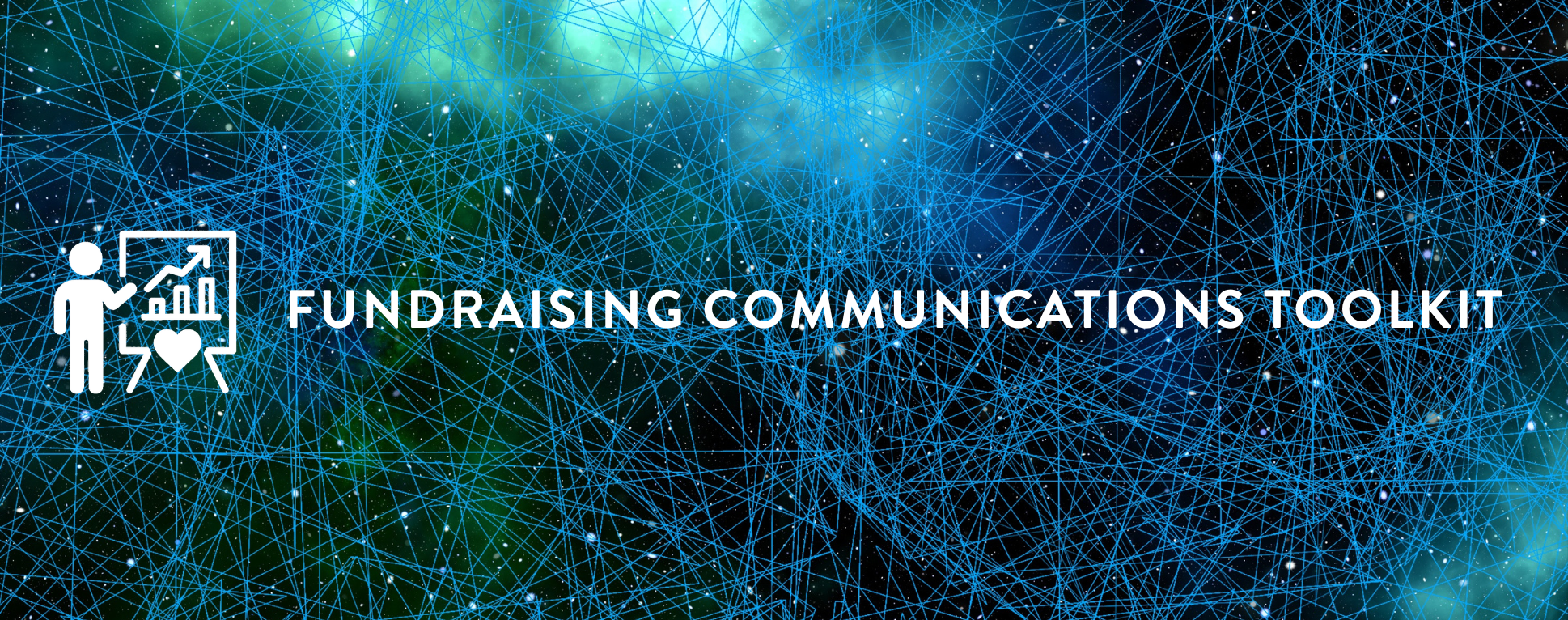Fundraising when Government Support is Reduced:
A Communications Toolkit
Equip your teams with tools for crafting fundraising messaging to individual, corporate and private foundation donors when government support is reduced or uncertain. This toolkit provides helpful questions to consider before approaching donors, communication guidance, and example language for different categories of donors.
Guiding Questions to Get Started:
Review your budget: How large of a gap do you anticipate in funding from government sources?
Understand funding: Do local and state government funds receive support from the federal government? Do you anticipate gaps in funding from those areas, as well?
Identify allies: Who are your closest friends, advocates, and supporters? Who can you go to for advice and honest conversation? What are their motivations for their support?
Useful Data and Information to Collect:
Full organizational revenue and expense budgets
History of government grants in recent years, and specifics of what programs, salaries, etc. those grants supported
Anticipated funds already requested from government sources
Upcoming projects you have earmarked for government sources in the future
Who You Will Talk To:
*Segment individuals by type of relationship (three are offered in this toolkit). Your communications will look different for each group.
The following information provides suggested language for these donor categories.
You may find your donors don’t fall neatly into these categories, or some may benefit from language listed here for a different audience – feel free to mix and match!
Consider a special giving day to rally your donors around your organization. Deadlines can help create urgency and drive activity.
Set a fundraising goal that matches the gap you anticipate from federal funds.
Consider a matching challenge if you have a large donor willing to give a lead gift.
Use PR and media to drive attention to your organization.
Empower your board or other champions to advocate for arts funding from the local, state, and federal government. You can prepare speaking points, draft letter templates, provide phone numbers and email addresses for each person’s representatives, and arm your advocates with data!
Review your website – is it easy for potential new donors to navigate to a “donate” page?
Refresh your case for support and annual reports with fresh data and up-to-date language that tells donors a compelling story and demonstrates impact.
While your organization faces uncertainty regarding government funding, remember many of your donors are experiencing financial uncertainty as well. Help make it easier for them to support you during this challenging time for both parties.
Reiterate flexible options for paying pledges over a time and options for different giving vehicles. If donors have a pledge payment coming up, you can extend deadlines or restructure schedules.
Don’t assume financial capacity! Let donors respond to a request before preemptively lowering the ask amount.
Leila Ghorashi
Executive Director, Research
leila.ghorashi@advisoryarts.com
Maia Plantevin
Associate Director, Research
maia.plantevin@advisoryarts.com
Clare Sherlog
Managing Director
clare.sherlog@advisoryarts.com















